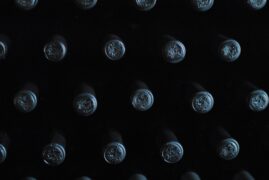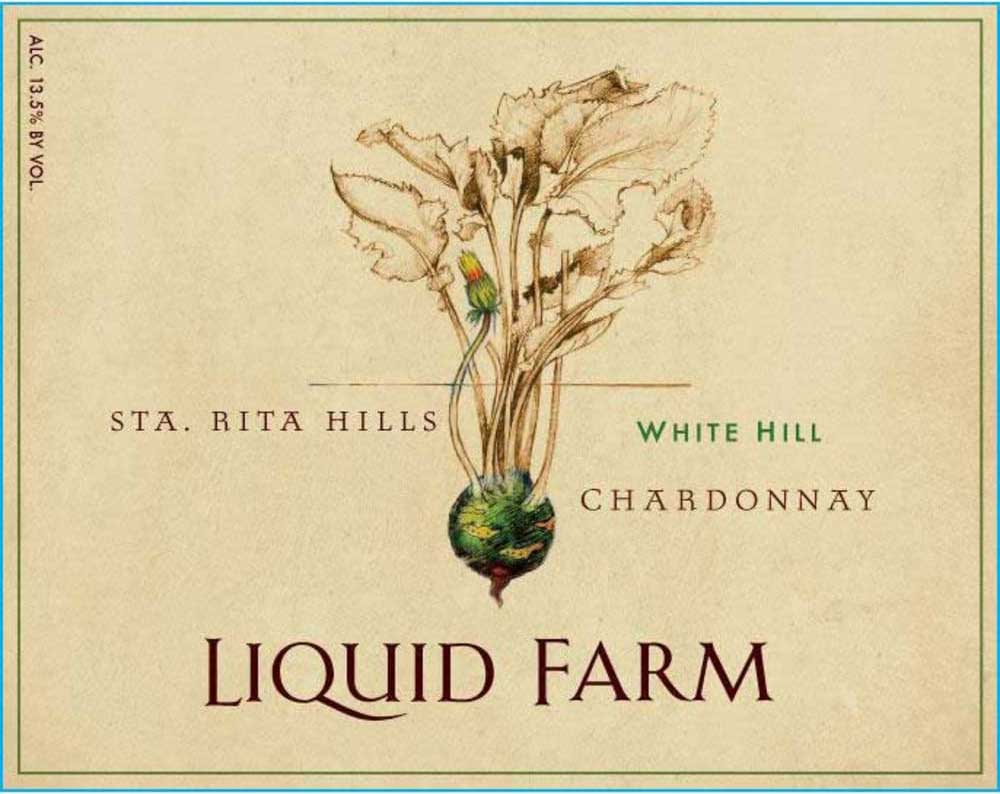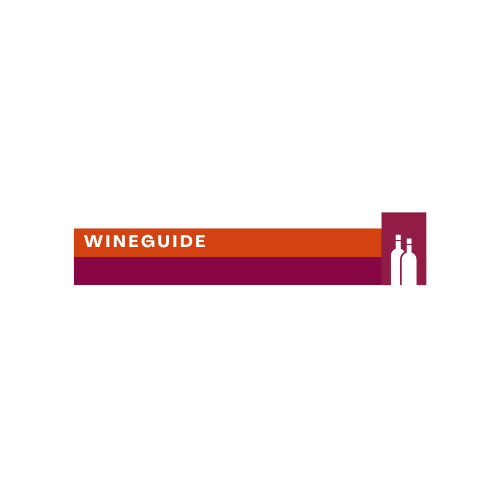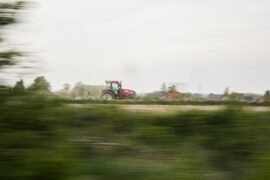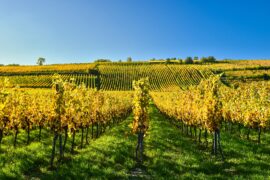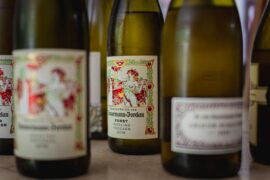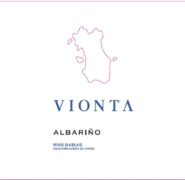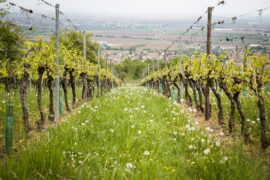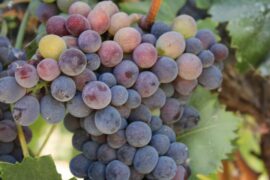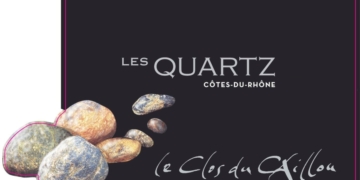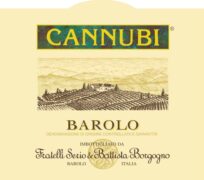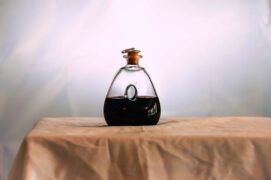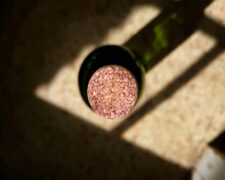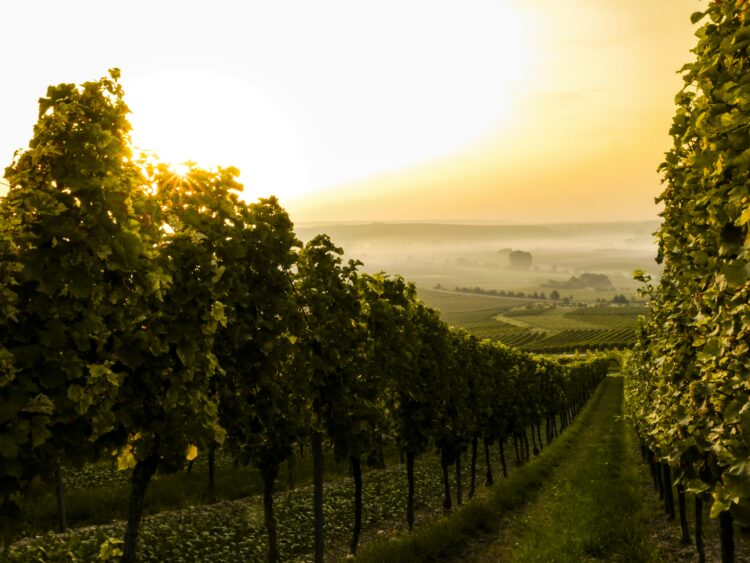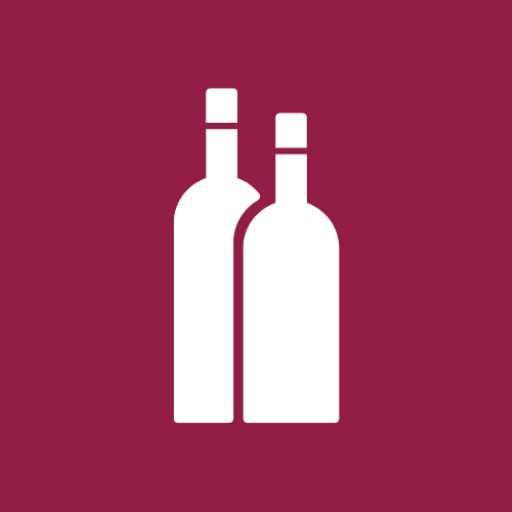As of July 10, Bordeaux has seen over 3,000 hectares of its vineyards removed as part of an extensive “sanitary clearing plan.” However, it is evident that the region will not meet its target of clearing 9,500 hectares by the end of the year, largely due to unfavorable weather conditions.
The clearing system, co-financed by France’s Ministry of Agriculture and the Bordeaux Wine Council (CIVB), is part of a broader effort to make Bordeaux’s wine production more sustainable. This initiative addresses the declining wine consumption in France and the challenges faced by producers in export markets.
Despite the significant progress, with 3,000 hectares cleared representing about 9% of the maximum allowable under the system, adverse weather has made it difficult to complete the task. Heavy rains in recent months have complicated the technical aspects of clearing vineyards. A CIVB spokesperson explained that the recent weather conditions have rendered the clearing work nearly impossible.
However, officials are not overly concerned about falling short of the target at this stage. They noted that it is not unusual to have lower numbers before the deadline, with final figures to be reviewed in September. After the clearing work is completed, vineyard owners have one month to report that the work is finished.
There is hope that drier weather in the final weeks of the campaign may help producers make up for lost time. A report from the local newspaper Sud-Ouest suggests that this could be a feasible outcome.
The clearing requirements apply not only to Bordeaux but also to its appellations, including Bordeaux Supérieur, Médoc, Côtes de Bordeaux, and Côtes de Bourg. While Bordeaux is renowned for its prestigious châteaux, the larger Gironde region has thousands of winemakers, many of whom are facing economic difficulties. A survey from early 2023 showed that one-third of local growers were struggling financially.
Vineyard prices vary significantly. According to a report from the French Rural Agency Safer, the average price for Bordeaux AOP vineyards with red wine grapes was about €9,000 per hectare in 2023, a 14% decrease from the previous year. In contrast, prices for vineyards in top appellations like Pauillac, Margaux, and St-Julien remained stable, with an average value of around €1.5 million per hectare, and the best terroirs in Pauillac reaching up to €4.5 million per hectare.
Bordeaux is not the only wine region grappling with issues related to excess production. Earlier this year, a leading industry figure in California urged growers to remove thousands of hectares to better balance production with consumer demand. Bordeaux’s experience reflects a global trend where wine regions worldwide are navigating complex challenges in a changing market environment.

